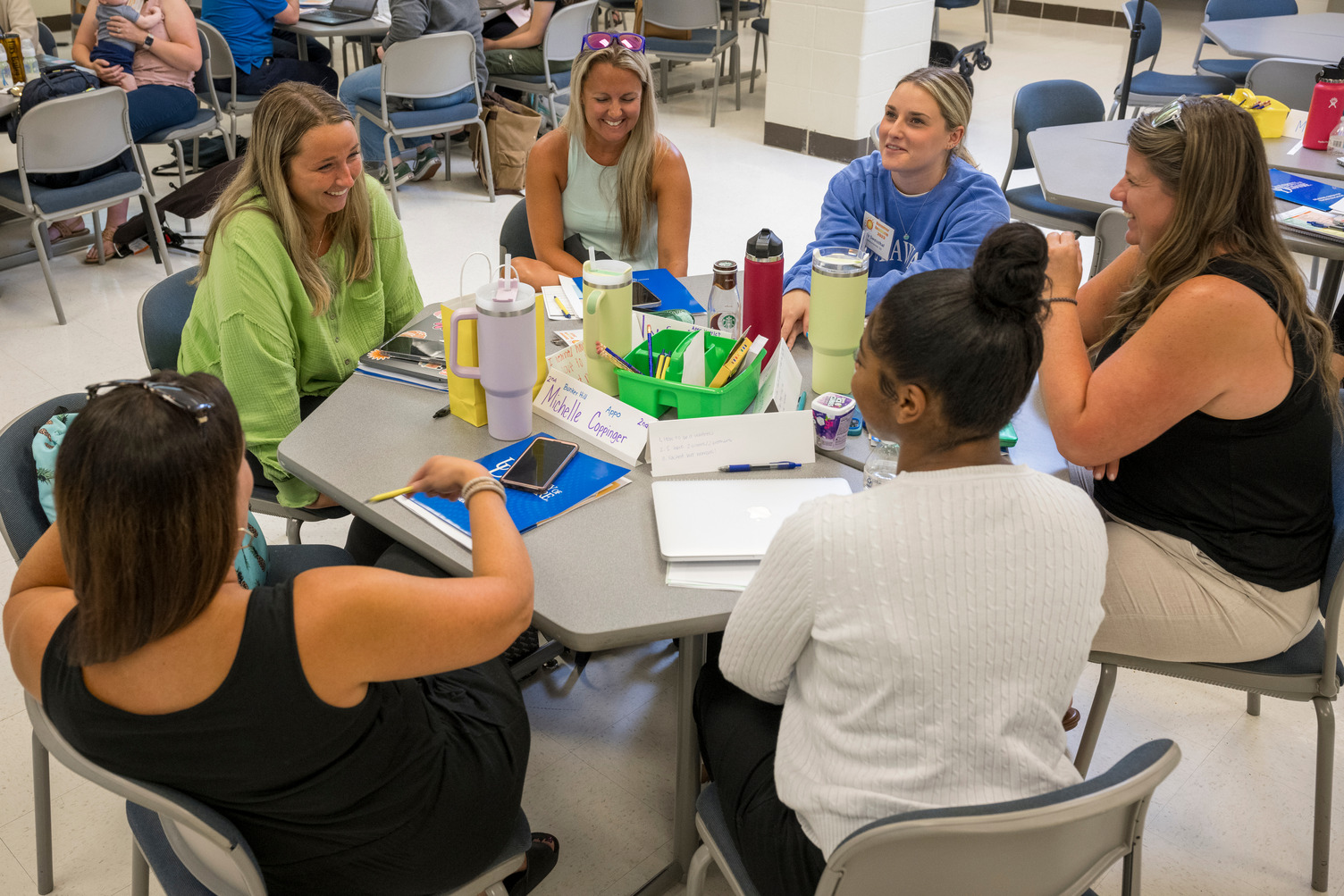Center for Excellence and Equity in Teacher Preparation
About the Teacher Residency Program

Teacher Residency Model Overview
Teacher residencies are the most comprehensive model of teacher preparation in the nation. Residencies play an increasingly important role in designing human capital strategies by creating a pathway that responds directly to the hiring needs of the school districts. In addition, residencies provide career advancement for experienced teachers to act as mentors, while developing highly effective new teachers that are capable of impacting student achievement from the moment they enter the classroom as a teacher of record. The UDTR closely follows the National Center for Teacher Residencies (NCTR) model. It blends a rigorous full-year classroom apprenticeship for pre-service teachers with a carefully aligned sequence of academic coursework. Building on the medical residency model, teacher residency programs provide residents with both the underlying theory and evidence-based practices of effective teaching and a year-long, in-school “residency” in which they practice and hone their skills and knowledge alongside an effective teacher-mentor in a high-need classroom. New teacher residents receive stipends as they learn to teach, and commit to teaching in their districts for three years beyond the residency.
Teacher Residency Program Purpose
Teacher residency programs surfaced in response to the need to address nationwide teacher shortages and to increase the diversity of the teaching workforce. Additionally, since recent research reveals many novice teachers feel under-prepared to meet the needs of students in high needs schools upon graduation from teacher preparation programs, it is expected that more intensive, evidence-based practice through residency programs can prepare residents to be good on day one and great over time. Teachers who do not feel prepared tend to leave the field much earlier than those who are better prepared.
Currently, the nation is experiencing a shortage of qualified teachers in high needs schools and high needs content areas. In particular, there is a great need for teachers in the following content area: special education, English as a second language (ESL), science, mathematics, and foreign languages. Additionally, there is an urgent need to diversify the workforce. As the nation’s students become more diverse, there is a great need for teachers of color. Research shows that Black students who have just one Black teacher in elementary school are more likely to graduate from high school and consider going to college. However, only 7 percent of U.S. teachers are Black. Teacher residency programs aim specifically to recruit people of color to address this need.
Our goal is to establish a new pathway that will focus on preparing the residents by providing training and support in high needs placements so that we can retain quality teachers in high need communities.



